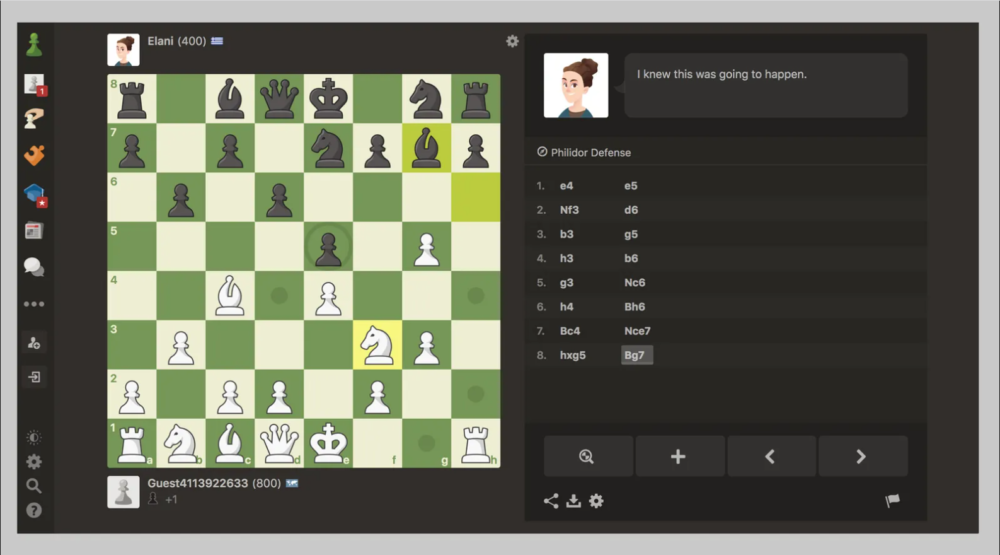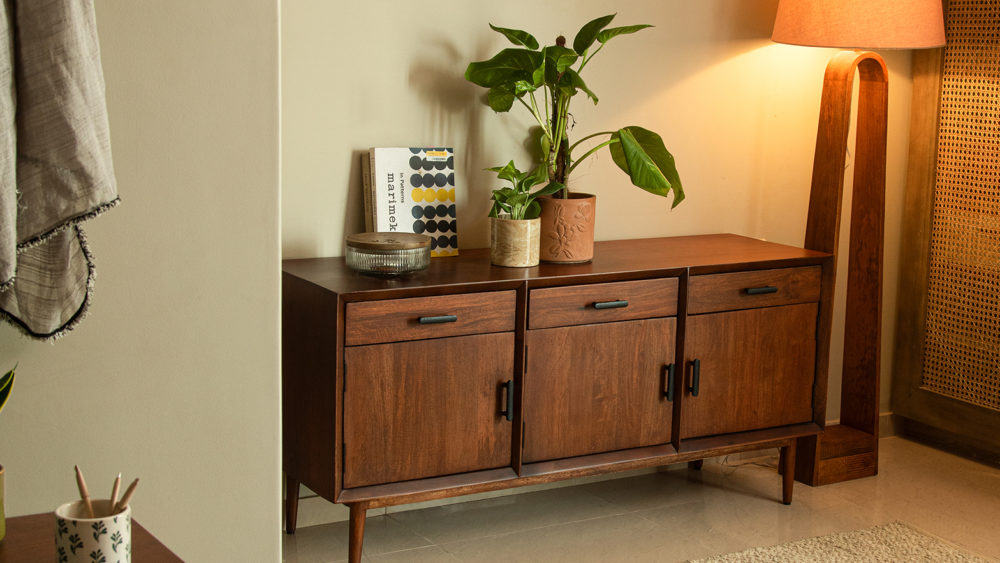
Recently, I’ve been heavily addicted to Chess.com, and while my vice may be a consistent daily distraction, it also serves as the inspiration for my main project! In particular, a feature I admire about playing chess online is the accessibility for new players getting involved in the game. When you select a piece, the board lights up the possible squares you can move it to, making it very easy for players to understand the limitations of their pieces. In addition, the game notifies players when they are in check, have lost the game, or have entered a draw. I think these simple features are quite helpful in aiding new players, but are only accessible through the digital game. I want to translate this experience into an actual chess board, where the proper squares light up in response to the player lifting up a piece!

I’m not the first person to have this idea. There is already a version of this board available for purchase online, for only a mere $300. I believe I can make this board for a much more reasonable cost, and I relish the challenge of figuring out how to identify which pieces belong to which squares on the chessboard. A Reddit user has also been attempting to create their own version of this board, and I have been using them for inspiration and reference. I quite like their approach, and I plan on creating my board in a similar aesthetic. Speaking of, the aesthetic I will be focusing on is Modern Vintage, with an emphasis on clarity to reinforce the board being designed for beginner players. While the board will appear sleek and simple in design, I want to put my woodworking skills to the test. This is where the vintage aspect of the aesthetic comes in, using natural materials to create a more polished and modern creation.

From a technical perspective, I could use RFID tags to individually detect each piece, but the cost and implementation of that technology is a bit much for this project. Instead, I have opted to use hall effect sensors in the chess board, combined with neodymium magnets in the pieces. I can track the position of the pieces based on the starting board position, where the location of every piece is already known. From there, if a piece is picked up and set down in a different square, I can use the process of elimination to identify which piece has been moved, and which corresponding squares need to be illuminated. I will illuminate the squares of the board by utilizing these convenient neopixel grids, which should provide plenty of light to shine through the frosted acrylic the board will be made from. I foresee several challenges with this project, including the combined detection of 64 hall effect sensors, and the logic necessary to know whether a game has been won or discontinued. Despite these potential obstacles, I am very excited to fuel my chess addiction with the creation of this board!
[4] Chessboard that serves as my main inspiration, created by @bakedbananadesigns
[Featured] https://cdn.shopify.com/s/files/1/0318/5187/2300/products/MONO-Wood-Objecttt_650x.jpg?v=1666559344
[1] https://www.wired.com/story/best-chess-apps/
[2] https://cdn.shopify.com/s/files/1/0589/6703/1989/products/3-chessup-board-adult.jpg?v=1676071428&width=713
[3] https://www.ellementry.com/blog/wp-content/uploads/2022/10/banner-image-blog-3-1.jpg
[4] https://www.youtube.com/watch?v=omtP_zd1O6s&feature=youtu.be


4 Comments. Leave new
I think this is a great way to bring a time-honored game that has been around for thousands of years into the present with modern advancements. Your modern vintage aesthetic seems that it will mesh very nicely with the functionality of the chess board and feel comfortable to those who play chess online or use traditional boards. It seems that you’ve put some thought into sensors and magnetism as well, and I’m very excited to see how your project progresses!
Thanks Nate! I am very excited to incorporate this older aesthetic with the newer technology of Chess.com. I plan to eventually include all the features you would find in a digital game, including playing against an AI, and even playing friends who live in a different state!
It’s a great concept to incorporate digital features into a physical chess board. It’s clever to use neodymium magnets and hall effect sensors in the parts. For new players, simplicity and clarity are crucial, in my opinion. Wishing you success on the project!
Thanks for the encouragement Shrey! I agree, simplicity and clarity are the most enticing incentives for players to get into the game. Good luck on your project too!